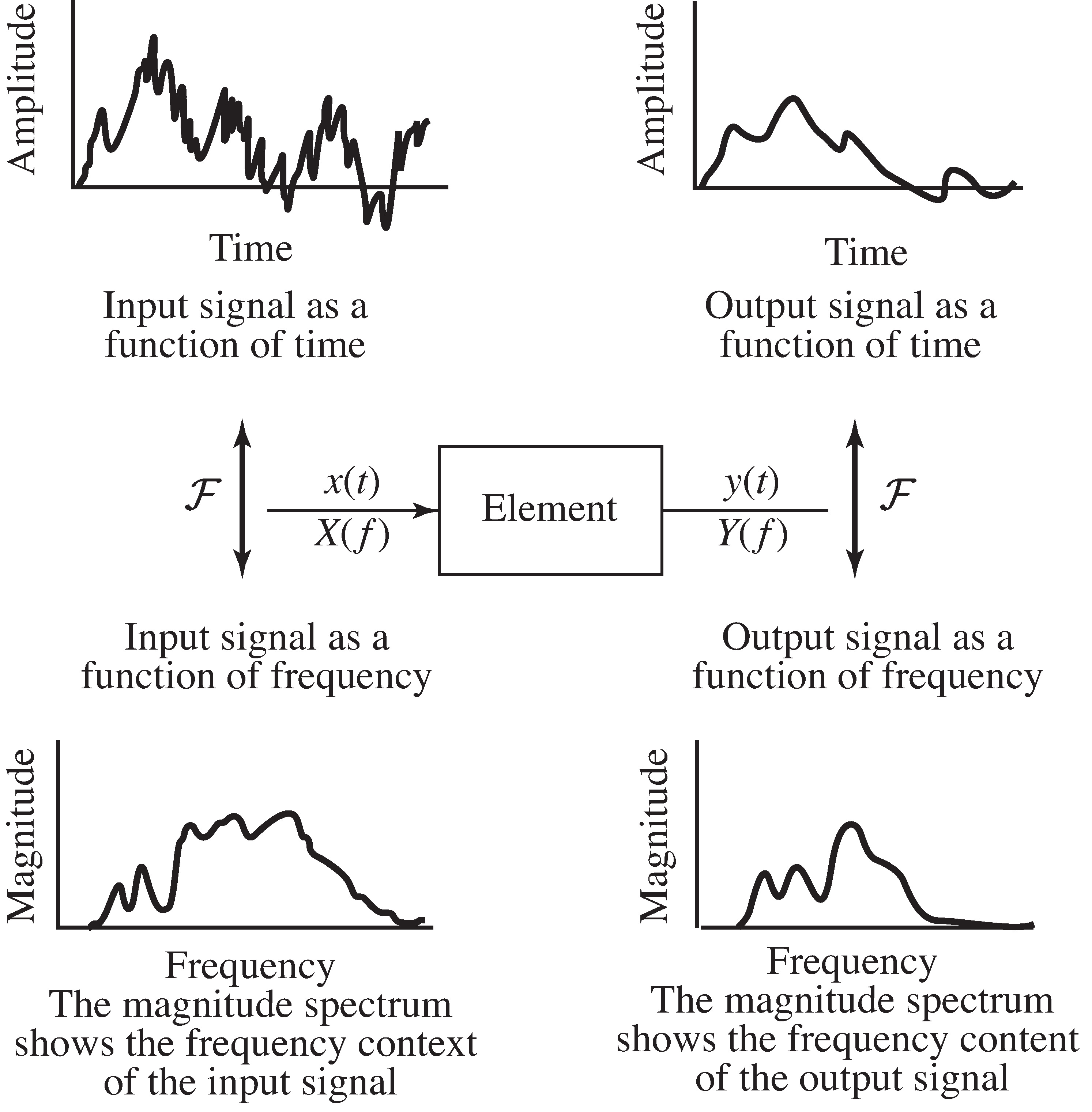| << Chapter < Page | Chapter >> Page > |
The six elements of drama are plot, theme, character, language, rhythm, and spectacle.
—Aristotle
At first glance, block diagrams such as the communication system shown in [link] probably appear complex and intimidating. There are so many different blocks and so many unfamiliarnames and acronyms! Fortunately, all the blocks can be built from six simple elements:
This section provides a brief overview of these six elements. In doing so, it also reviews some of the key ideas fromsignals and systems. Later chapters explore how the elementswork, how they can be modified to accomplish particular tasks within the communication system, and how they canbe combined to create a large variety of blocks such as those that appear in [link] .
The elements of a communication system have inputs and outputs; the element itself operates on its input signal tocreate its output signal. The signals that form the inputs and outputsare functions that represent the dependence of some variable of interest (such as avoltage, current, power, air pressure, temperature, etc.) on time.
The action of an element can be described by the manner in which it operates in the “time domain,” that is, how the element changes theinput waveform moment by moment into the output waveform.Another way of describing the action of an element is by how it operates in the “frequency domain,”that is, by how the frequency content of the input relates to the frequency content of the output. [link] illustrates these two complementary ways of viewing the elements. Understanding both the time domain and frequency domainbehavior is essential. Accordingly, the following sections describe theaction of the six elements in both time and frequency.

Readers who have studied signals and systems (often required in electrical engineering degrees),will recognize that the time domain representation of a signal and its frequency domain representationare related by the Fourier transform, which is briefly reviewed in the next section.
A signal can often be expressed in analytical form as a function of time , and the Fourier transform is defined as in [link] as the integral of . The resulting transform is a function of frequency. is called the spectrum of the signal and describes the frequencies present in the signal.For example, if the time signal is created as a sum of three sinewaves, the spectrum will have spikes corresponding to each of the constituent sines.If the time signal contains only frequencies between 100 and 200 Hz, the spectrum will be zero for all frequencies outside of this range.

Notification Switch
Would you like to follow the 'Software receiver design' conversation and receive update notifications?